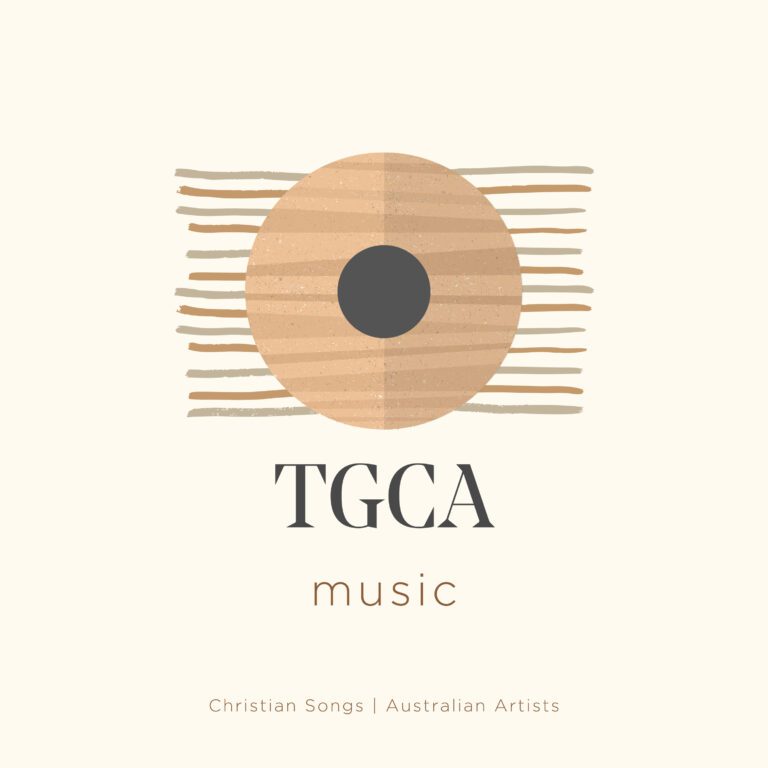There’s a guy I know who seems to understand me and Jesus. He’s an old guy, really old. He’s been dead for more than 350 years. But I feel like I know him. I feel like I get him because I’ve looked at his art. Rembrandt.
Consider The Storm on the Sea of Galilee by Rembrandt Harmenszoon van Rijn. It is the story of Jesus calming the storm from Mark 4. The disciples are in danger and they know it. Several work to keep the boat afloat. One is praying. Others plead with Jesus, ‘Don’t you care if we perish?’
And there is Rembrandt. He is on the stern of the small boat, clutching his hat to his head amidst the storm. Once you notice him, it is hard to look away. For he is looking right at you, the viewer. He has painted himself as one of the disciples.
Rembrandt is telling you he knows what it is to live a life where chaos and death threaten him and those he loves. He’s lived the terror of the storm; it would be right to be afraid. And yet, he is on the boat with Jesus. As author Russ Ramsey writes,
Rembrandt wants us to know that he believes his life will either be lost in a sea of chaos or preserved by the Son of God. Those are his only two options. And by peering through the storm and out of the frame to us, he asks if we are not in the same boat. (Rembrandt is in the Wind, 74)
I know Rembrandt. Or at least, I know this part of his experience. What he is painting has been my life over the past 2 years—a storm on a sea with my son’s cancer and death.
Beauty Through Eyes of Faith
All I know about Rembrandt I learned from Rembrandt is in the Wind. This book is a compelling mix of art history, biography, theology, and philosophy.
Author Russ Ramsey argues that beauty is crucial to our understanding of God as inherently beautiful. Many of us have a theology of anti-beauty: it is something external, a distraction, even the source of a ruthless and destructive pursuit of perfection. But for this author ‘Beauty is a relic of Eden—it is a remnant of what is good. It comes from a deeper realm’ (16). And that deeper realm is God and all his glory in Christ.
Ramsey details the stories of nine artists, their art and what drove them—and so examines art, wonder, beauty and the fragility of the human condition. In Ramsey’s words, their stories and art are a Trojan horse for truth, drawing us back—implicitly or explicitly—to God, the source of beauty and the one who can make us beautiful.
Consider his reflection on Vincent Van Gogh’s Self Portrait with Bandaged Ear:
It is hard to render an honest self-portrait if we want to conceal what is unattractive and hide what’s broken. We want to appear beautiful, but when we do this, we hide what needs redemption—what we trust Christ to redeem. And everything redeemed by Christ becomes beautiful. (4)
Deeper Longings
What is art for? Until this book, if someone had asked me I would have been stumped. Perhaps, I would have come up with this pearl, ‘For enjoyment’. It’s not wrong, but I have just lumped Michelangelo’s David in the same category as a McDonald’s burger.
Ramsey keeps touching on this question as he delves into the lives of other artists—such as Michelangelo, Edward Hopper, Lillian Trotter, Caravaggio and Frédéric Bazille. Here is part of the answer that struck me: art happens in time and space, but it points to the eternal. It takes the objects and ideas it finds lying around, the things of the here and now, and assembles them into something that belongs to a world outside of time. In other words, art reflects our hunger for glory, expresses eternal longings and seeks to paint True Beauty.
Like a great painting, there is far more to discover from Rembrandt in the Wind than you can get from one viewing. Russ Ramsey shows us the shadow and light of the human soul with all its power, fragility, desire, and longing. He does this with the sure hand of a pastor who loves art, knows the human heart and delights in the Divine Artist.















